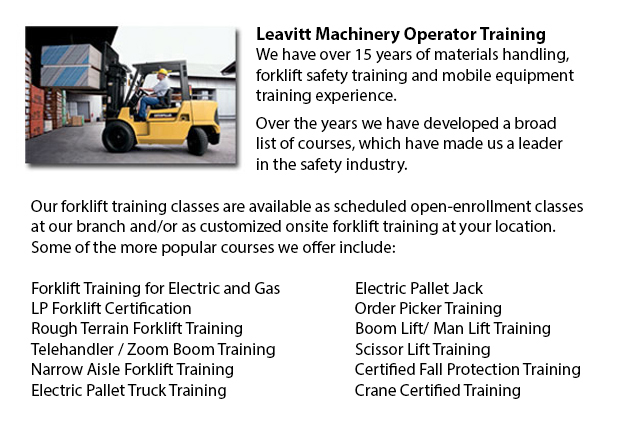
Pallet Stackers Training London - Pallet stackers are a kind of pallet jack that might be used to stack, transport and lift goods placed on a pallet that are far too burdensome for manual lifting. Generally these mechanisms are utilized to load and unload supplies from trucks and to transport pallets from one site to another within a stockroom of stockroom space. For the most part pallet jacks are constructed of heavy duty materials to hold up extreme weights. Pallet stackers are occasionally called pallet jacks. They can be operated from a seated, upright or walk-behind position. Pallet stackers are divided into manual and powered types.
Pallet jacks are commonly comprised of a pair of forks that are capable of sliding underneath a pallet, capable of raising to a preferred height or moving it to a particular location. The engine compartment or casing houses the gas-run, electronic or hydraulic apparatus that powers the appliance.
Manual pallet jacks are hand-powered. They function hydraulically to make lifting tedious pallets an easier job. Commonly a walk-behind model meaning they are utilized by pulling and pushing the jack to its desired location. Using a foot pedal or lever raises the stacker's forks. Squeezing a lever or trigger returns the forks to the floor. These types of pallet jacks are perfect for lighter loads of up to approximately 1 ton or 907.18 kg.
Electric or gas powered pallet jacks can accommodate heavy lifting weights of up to 5 tons or 4535.92 kg. They are physically less demanding than the manual versions thanks to the automated power to elevate and let down the stacker's forks. These models are steered by rotating the handle in a particular direction. There is a button on the knob that functions to raise and lower the forks. A throttle set up on the stacker's grips moves the appliance forward and in reverse. This style of equipment is regularly known as a lift truck and is operated from a sit-down posture.
Picking the correct model of pallet jack can be somewhat critical as machines will have varying lift features, together with varying fork widths. Some designs of stackers may only tolerate two pallets to be loaded at one time, while other versions might be proficient to load multiple pallets. Some designs of these forklifts feature an changeable fork so as to allow the stacker to slide underneath pallets of unusual sizes and shapes. These versions are efficient when an assortment of types of pallets are common within a workspace.
-
Crown Forklift
More -
Scissor Pallet Trucks
Scissor Pallet Truck Training London - Scissor pallet trucks are built for transporting and raising separately stacked pallets by integrating a lifting mechanism that enables the pallets on the vehicle to be elevated. This equipment is a first-rate i... More -
Rough Terrain Forklifts
Rough Terrain Forklifts Training London - There are in fact two distinctive categories of lift trucks within the material handling industry, the industrial model and the rough terrain model. Rough terrain lift trucks originally arrived on the market... More -
Terex Forklift
Terex Forklift Forklift Training - Terex Forklifts takes great pride in developing quality equipment that helps upgrade their customers' efficiency while standing by their mission to offer a cost effective yet consistent product line. Through several... More -
Reach Trucks
Reach Truck Training London - Reach Trucks are mechanized equipment utilized for loading and storage in some businesses that maintain storage of materials to finished commodities on a pallet which are then placed into high shelving units. This loadin... More

Forklift Certification London
TOLL FREE: 1-888-254-6157
London, Ontario
forkliftcertificationlondon.com
Email Us
About Us


